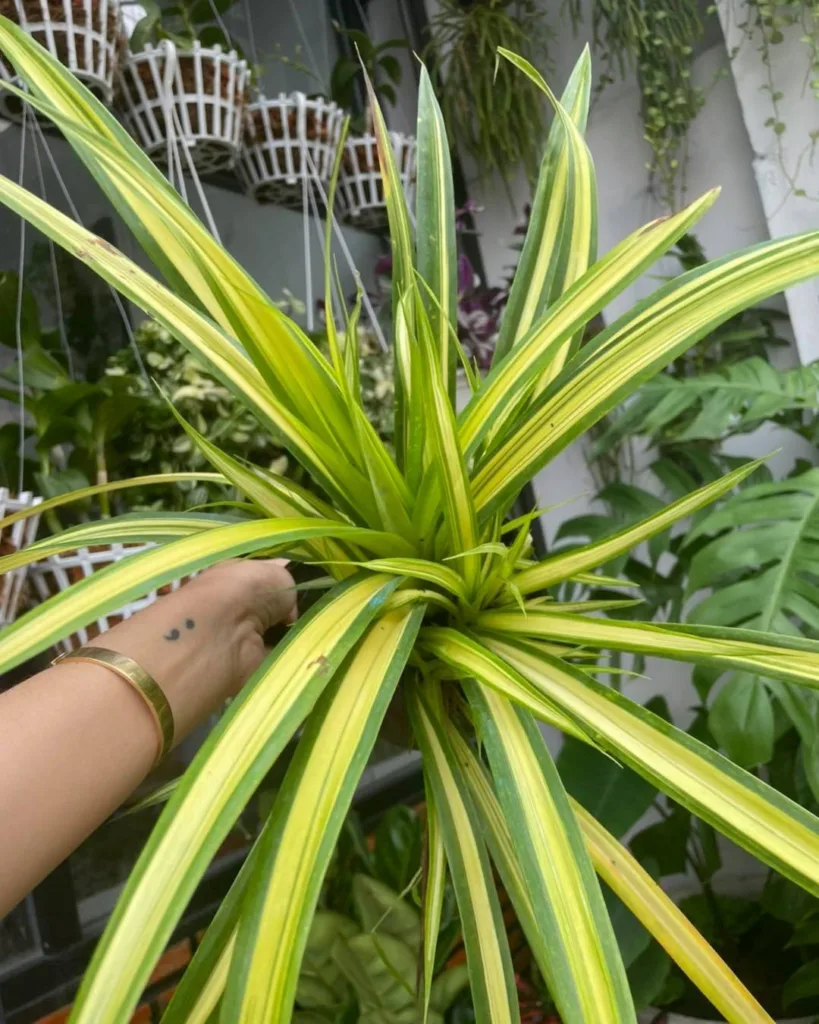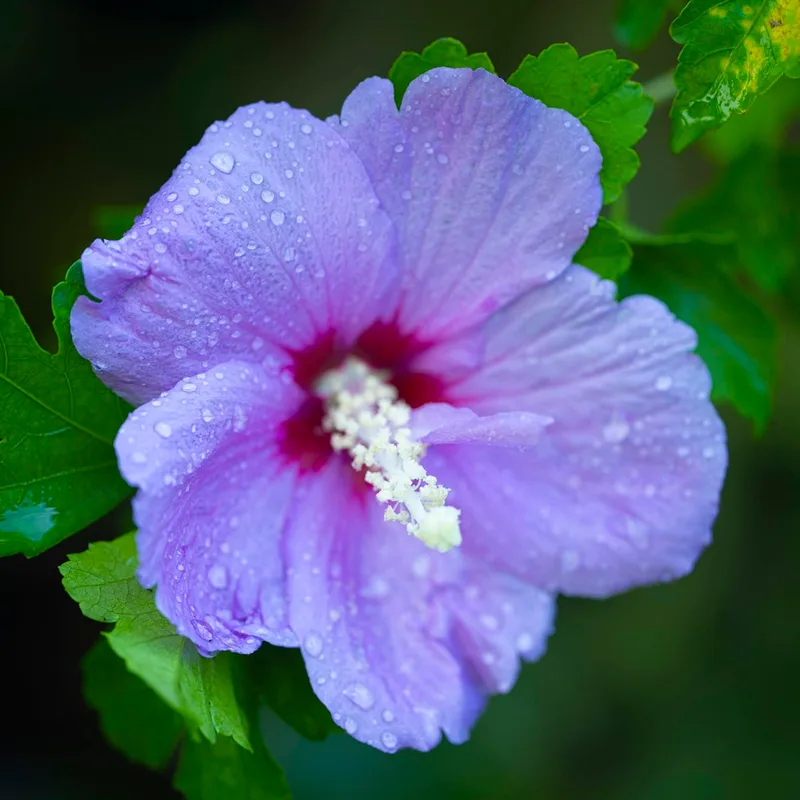Ficus Dammaropsis: The Dinner Plate Fig – Frequently Asked Questions
Hi, Ferb Vu here, and I’m obsessed with the Ficus Dammaropsis, also known as the Dinner Plate Fig. This architectural wonder boasts massive, leathery leaves that can reach a meter in both length and width, making it a true showstopper in any indoor space. But with its dramatic size comes specific care requirements. So, if you’re considering welcoming this tropical beauty into your home, here are some answers to the most frequently asked questions:
880 Species in Genus Ficus
What is a Ficus Dammaropsis?
The Ficus Dammaropsis is an evergreen tree belonging to the Moraceae family, which also includes figs, banyans, and mulberries. This tropical native of Southeast Asia can grow up to 7 meters tall outdoors, but its growth is typically restricted when kept indoors.
Is a Ficus Dammaropsis easy to care for?
While not necessarily difficult, the Ficus Dammaropsis does have specific needs. It thrives in moderate to bright, indirect sunlight. Avoid harsh, direct sun, which can scorch the leaves. Watering is key – allow the soil to dry slightly between waterings. Overwatering is a leading cause of problems for this plant.
How much light does a Ficus Dammaropsis need?
Think dappled sunlight filtering through a rainforest canopy. Avoid south-facing windows with intense afternoon sun. East or west-facing windows with sheer curtains are ideal.
How often should I water my Ficus Dammaropsis?
Stick your finger about an inch into the soil. If it feels dry, it’s time to water. Don’t drench the soil, but water thoroughly until water runs out the drainage holes. Empty the drainage tray to prevent root rot.
What kind of soil does a Ficus Dammaropsis need?
A well-draining potting mix is essential. Look for a mix specifically formulated for indoor plants. You can also create your own by combining potting soil with perlite or orchid bark for added drainage.
Does a Ficus Dammaropsis need fertilizer?
During the spring and summer growing seasons, a monthly feeding of a balanced liquid fertilizer diluted to half strength is beneficial. Avoid fertilizing in the fall and winter when the plant is dormant.
What temperature does a Ficus Dammaropsis prefer?
The Ficus Dammaropsis enjoys warm temperatures, ideally between 16-24°C (60-75°F). Avoid placing it near cold drafts or air conditioners.
Does a Ficus Dammaropsis need high humidity?
While it can tolerate average household humidity, the Ficus Dammaropsis thrives in higher humidity levels. Grouping it with other plants or using a pebble tray filled with water near the pot can help increase humidity.
Is a Ficus Dammaropsis toxic to pets?
Unfortunately, yes. The leaves of the Ficus Dammaropsis are toxic to cats, dogs, and other pets if ingested. If you have curious critters in your home, this might not be the ideal plant for you.
How big does a Ficus Dammaropsis get indoors?
Growth rate varies, but generally, a Ficus Dammaropsis will grow a few inches per year indoors. Due to its large leaves, it can outgrow a space quickly. Regular pruning can help maintain a manageable size.
How do I prune a Ficus Dammaropsis?
Use sharp, sterilized pruning shears to remove unwanted branches just above a leaf node. Pruning encourages bushier growth and can help control the size and shape of your plant.
Can I propagate a Ficus Dammaropsis?
Yes, propagation is possible through stem cuttings. Take a healthy stem tip with at least a few leaves, dip the cut end in rooting hormone, and plant it in a pot with moist, well-draining potting mix. Keep the cutting warm and humid and be patient – propagation can take several months.
What are some common problems with Ficus Dammaropsis?
Leaf drop is a common issue, often caused by underwatering, overwatering, or sudden changes in light or temperature. Brown leaves can indicate sunburn or underwatering. Yellowing leaves might be a sign of nutrient deficiency or overwatering. Inspect your plant regularly and adjust your care routine as needed.
Ficus Dammaropsis vs. Fiddle Leaf Fig (Ficus Lyrata):
Both the Ficus Dammaropsis and the Fiddle Leaf Fig (Ficus Lyrata) are popular indoor trees with large, glossy leaves. However, there are key differences. The Fiddle Leaf Fig has narrower, violin-shaped leaves, while the Ficus Dammaropsis boasts truly massive, dinner plate-sized leaves. The Fiddle Leaf Fig can be more finicky with light and humidity requirements compared to the more forgiving Ficus Dammaropsis.
Ficus Dammaropsis vs. Ficus Elastica:
Another popular choice, the Ficus Elastica, also known as the Rubber Tree, can be easily confused with the Ficus Dammaropsis. Both have large, leathery leaves, but the Ficus Elastica‘s leaves are typically more oval-shaped and have a more rubbery texture. Ficus Elastica is generally faster-growing than the Ficus Dammaropsis and can tolerate lower light levels.
Ficus Dammaropsis vs. Schefflera:
Schefflera, often called the Umbrella Plant, is another popular choice for an architectural indoor plant. However, Schefflera has compound leaves with multiple leaflets, whereas the Ficus Dammaropsis has single, massive leaves. Schefflera is generally more tolerant of lower light conditions and may be a better choice for a north-facing window.
Where can I buy a Ficus Dammaropsis?
Finding a Ficus Dammaropsis might require some searching. Online retailers specializing in rare plants often offer them, or you might find them at specialty plant nurseries. Be prepared for a higher price tag due to their unique size and slower growth rate.
Final Thoughts
The Ficus Dammaropsis is a stunning statement plant that can add a touch of the tropics to any indoor space. With proper care, including moderate watering, bright indirect light, and warm temperatures, this architectural wonder can thrive for years to come. Just remember, its dramatic size requires commitment and may not be suitable for all spaces. If you have the room and can provide the right environment, the Ficus Dammaropsis will reward you with its majestic presence.
If i die, water my plants!



